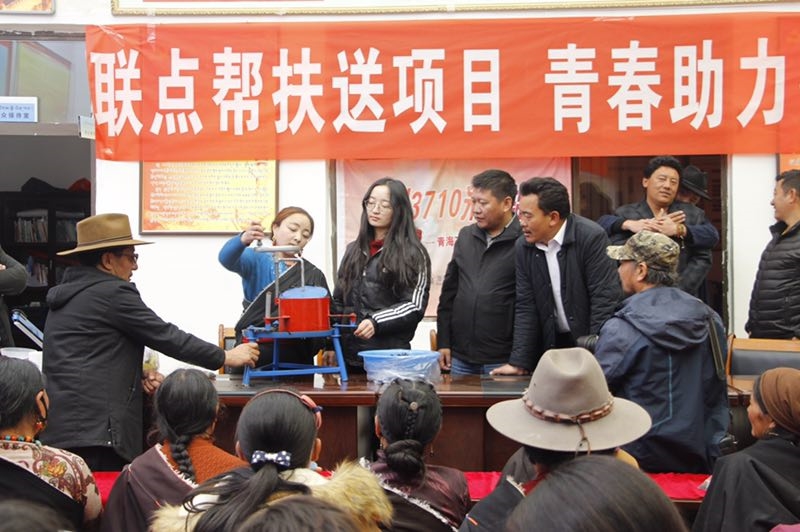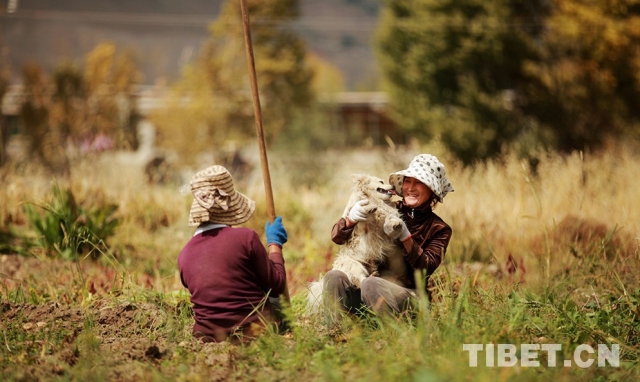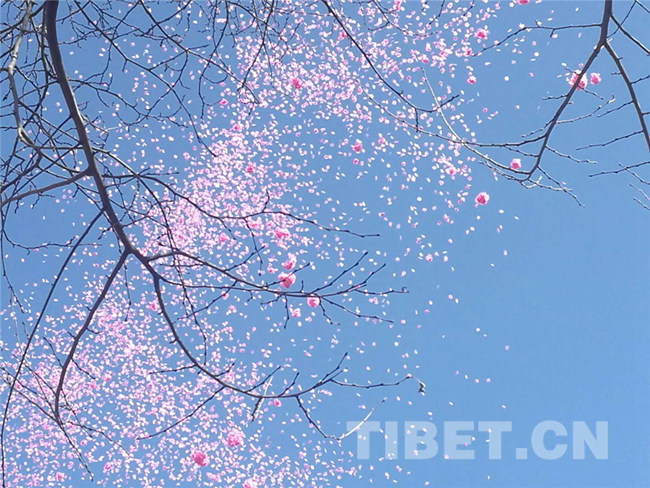Tibetan kites

Tibetan kites [Photo/agencies]
The history of the Tibetan kite can be traced back to over 1000 years ago at the time when Tibetan paper was invented. The Tibetan kite is referred to as the “Jiabi” in Tibetan language which means “the paper bird that can fly”. It has disseminated throughout in Tibet region (especially in the regions of Lhasa and Shigatse) and has become a traditional and seasonal entertaining activity that is loved by Tibetan people, particularly young people.
Most Tibetan kites are rhombohedral with various stylizations and sophisticated techniques that characterize Tibetan people’s unique aesthetics. Compared with the kites found in inland China, Tibetan kites, apart from being exquisite and unique, also powerfully embody a sensitivity and a sense of athletics. Kite-flyers, through the subtle changes of the thread-setting and raising-upwards, can make the kites go up and down, whirl and wallow in the sky.
The kite-flying skill is mainly seen through the fighting game in the air, and the most significant characteristic is “to tussle”. The kite-threads of each kite-flyer hit and rub against each other, the one that is not cut off is the winner. All kinds of “fighting techniques” of Lhasa kites concentrates on “twisting the wire”, therefore the quality of the wire is very important for which it is said that during the wire-making process there is an element that cannot be miss referred to as “Na”. Na is made of glass powder into which a kind of viscous vegetation called “Wangla” and smashed rice, sugar as well as water are added to make a mixture which will be cooked very well. When the mixture (“Na”) cools down to a certain temperature, it will be placed into both palms with which the kite wires are rubbed. By doing this, the kite wires are pasted with “Na” which is just like a saw-tooth.
Lhasa kite production is seasonal. There are people who particularly make and sell kites every autumn in different places such as Lhasa and Shigatse.
The Lhasa Kite was enlisted in the first batch of National Intangible Cultural Heritage in 2006. Since 2010, Kite Festival has been held annually in Lhasa.
Your Comment
Name E-mailRelated News
-
-

-
Tibetan tea helps women overcome poverty
About 160 Tibetan women from Xia Laxiu Township of Yushu City in northwest China's Qinghai Province learned a new skill: making handmade Tibetan tea.
-







